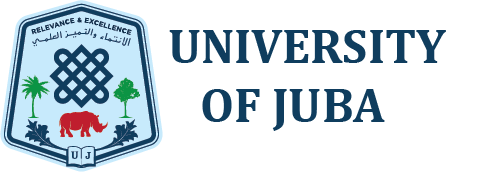South Sudan Profile
The Republic of South Sudan was part of Sudan before it got its independence in 2011. South Sudan covers an area of 640,000 square kilometers and lies within the tropical zone between latitude 3.5º and 12º North and longitude 25º to 36º East. South Sudan borders Ethiopia in the East, Kenya, Uganda and the Democratic Republic of Congo in the South and Central African Republic in the West and North Sudan in the North. Ecologically, South Sudan is divided into six agro-ecological zones (MAF 2007): the Greenbelt, Ironstone Plateau, Hills and Mountains, Flood Plains, the Nile/Sobat Rivers and the arid and pastoral zone (see Fig 1). The rainfall pattern varies according to agro-ecological zones. In the Green belt it ranges from 800mm to 2,000mm, while in the Arid Zone it may be as low as 300mm per year. Temperatures range from 25 to 40°C. The growing season is generally between 100 to 200 days depending on the agro-ecological zone. Most parts of the country have two cropping seasons, April-June and July-December, (SSLHP/2006).
Administratively, South Sudan is divided into ten States. These states are: Central Equatoria, Eastern Equatoria, Jonglei, Unity, Upper Nile, Western Equatoria, Lakes, Northern Bahr El Ghazal, Warrap and Western Bahr El Ghazal. The Country is one of the most diverse countries in Africa with 64 ethnic groups and its population is 8 million plus.
The country went into a civil war in 2013 that displaced millions of people causing serious loss of farming and crops. Since 2018, peace is reigning in the country.
About 50% of South Sudan’s land has high potential for agriculture and the climate and soils are conducive to a wide range of both cash and food crops. The main crops grown include cereals (sorghum, maize, millets and rice), pulses (kidney beans, cowpeas and pigeon peas), oil seeds (groundnuts, sesame and sunflower), root crops (cassava, sweet potatoes), fruits (mangoes, pineapples and citrus), and vegetables (okra, tomato, onions and leafy plants). There is considerable potential for growing cotton, coffee, tea, sugarcane and a host of other tropical and sub-tropical crops.
Sorghums were well collected by ICRISAT between 1975 and 1980 funded by FAO, in only the south-eastern corner of the country and perhaps the Nile region, this did not cover Northern and Red Sea States.
In recent years, the country faced a vast tree clearance and an over-cultivation which caused a serious erosion and land degradation in many areas. Pasture lands have also been subjected to degradation and destruction due to overgrazing especially waters points dug in 1970’s to solve shortage problems. This has led to loss of indigenous plant genetic resources and wild and cultivated materials.
Public Institutes
Ministry of Agriculture
- MAFS
Agricultural Institution
- Directorate of Agricultural Research
Agricultural Related Universities

We don’t just give students an education and experience that sets them up for success in a career. We help them succeed in their career—then discover a field they’re passionate about and dare to lead it.
University of Upper Nile
